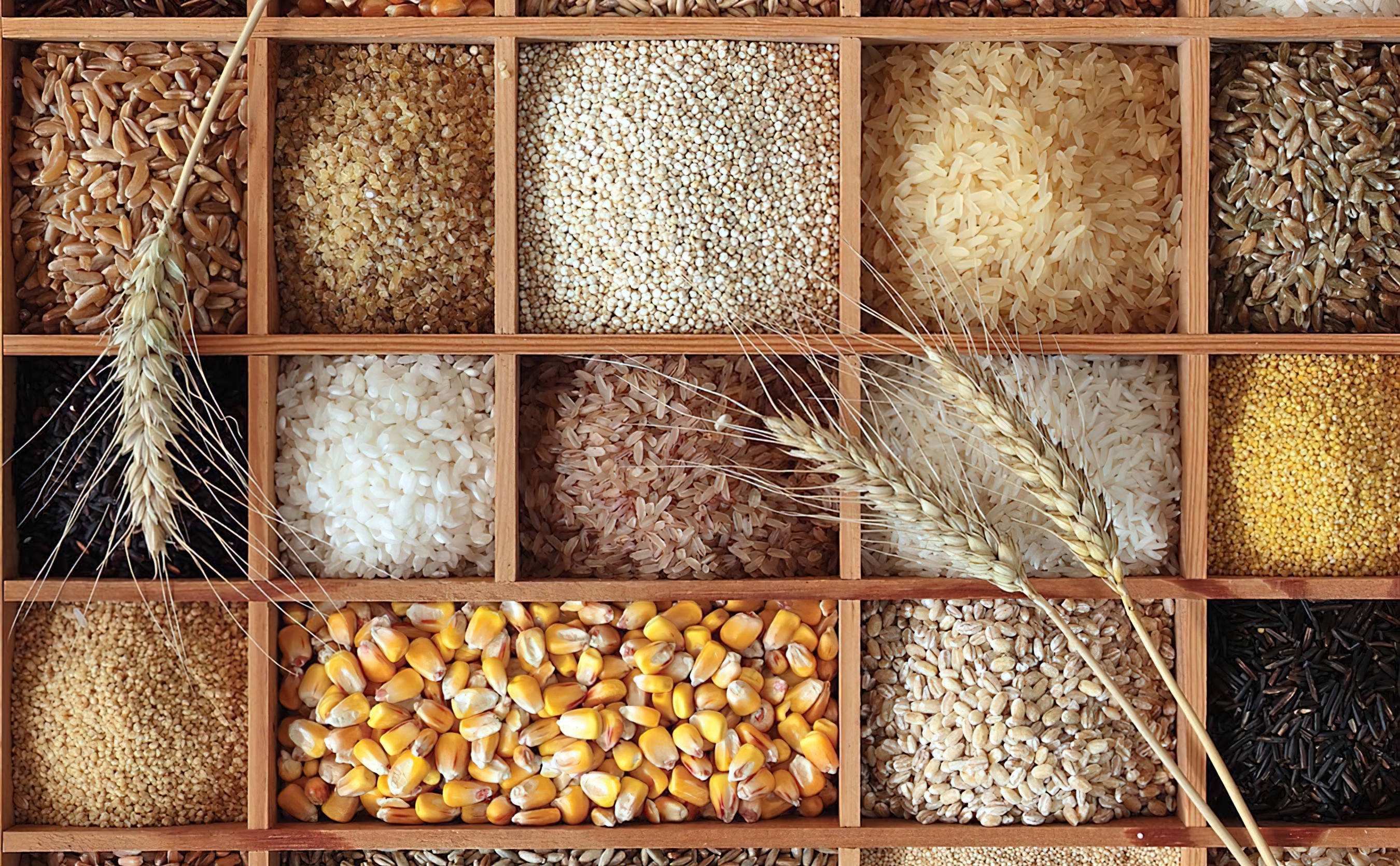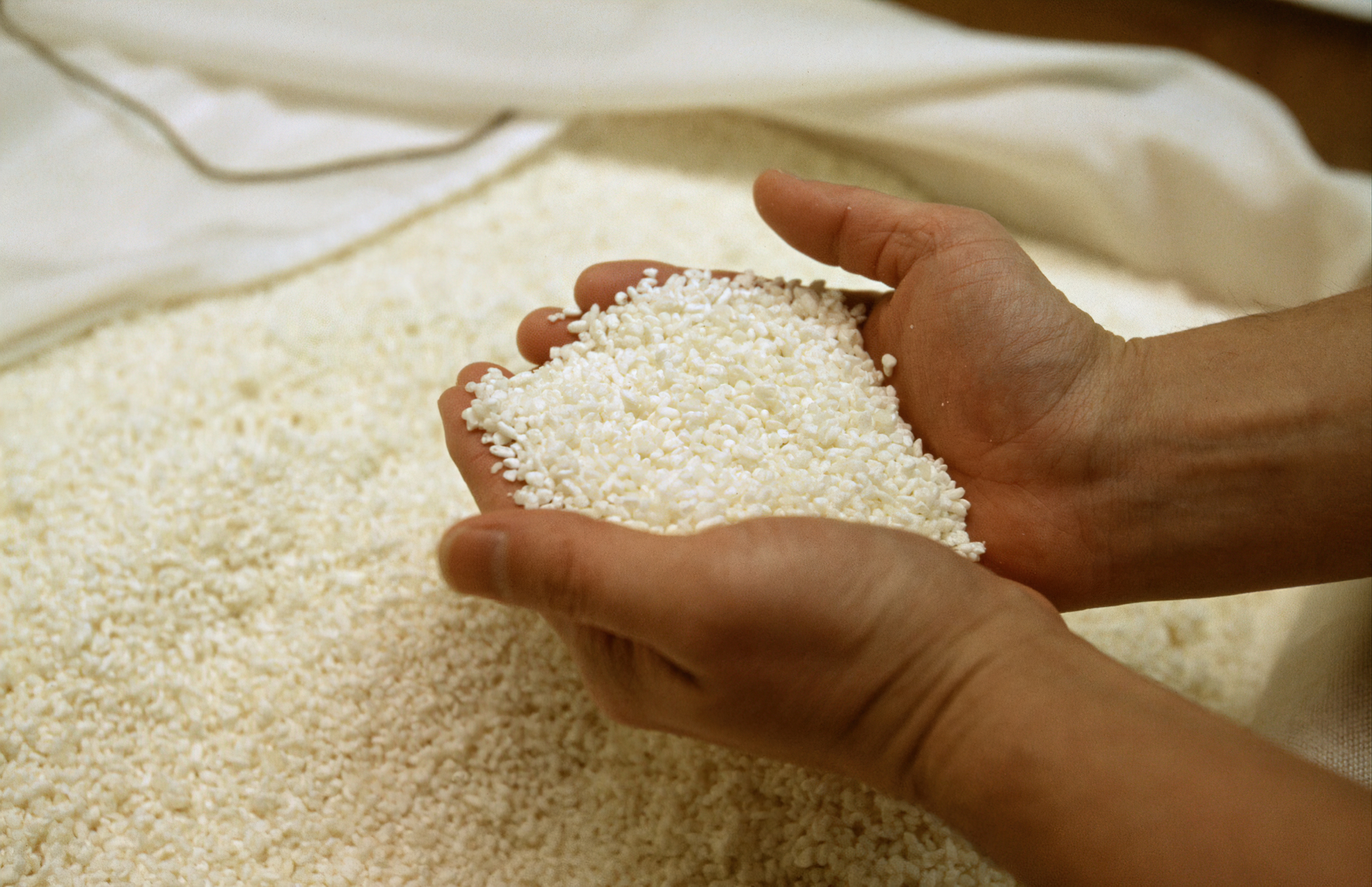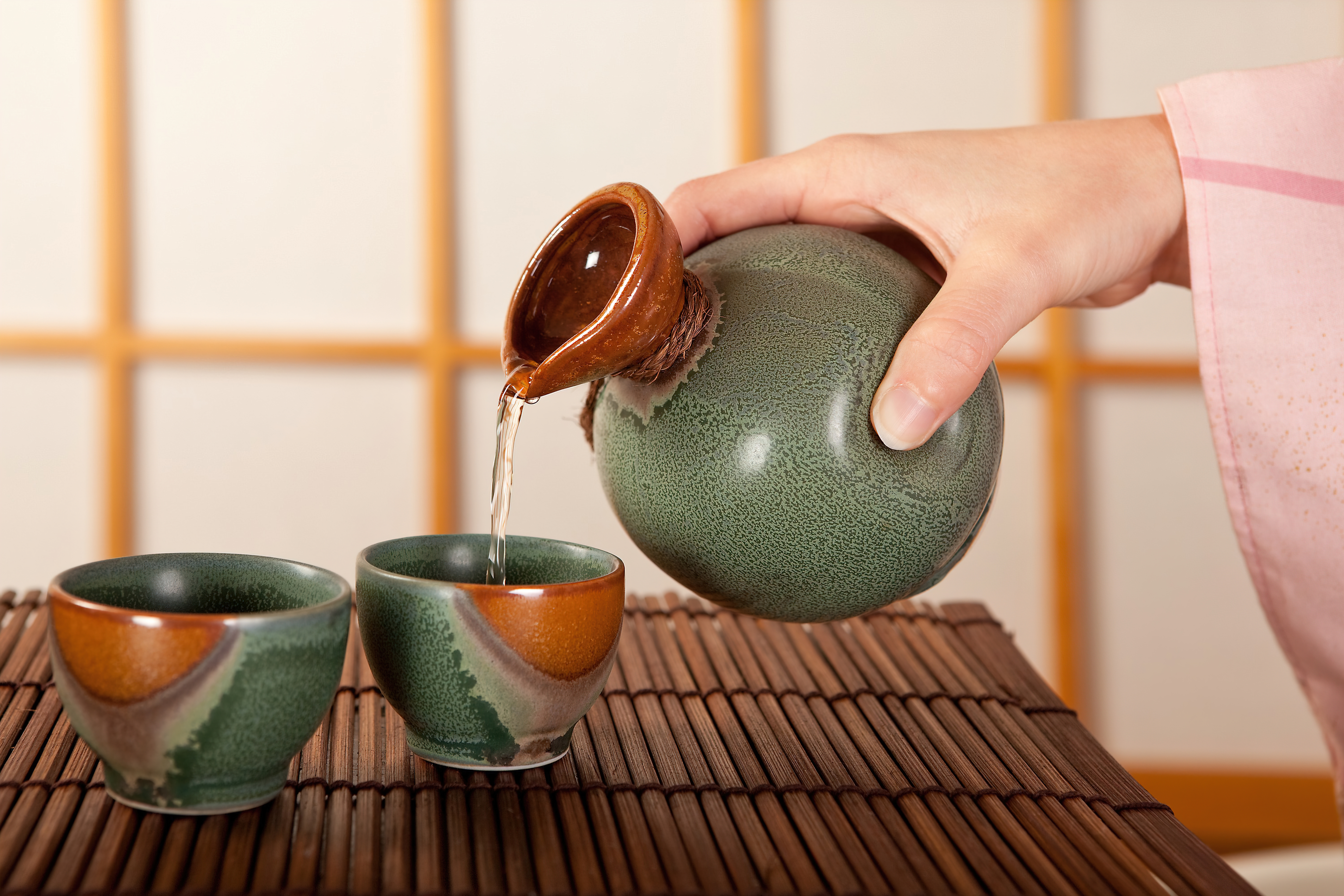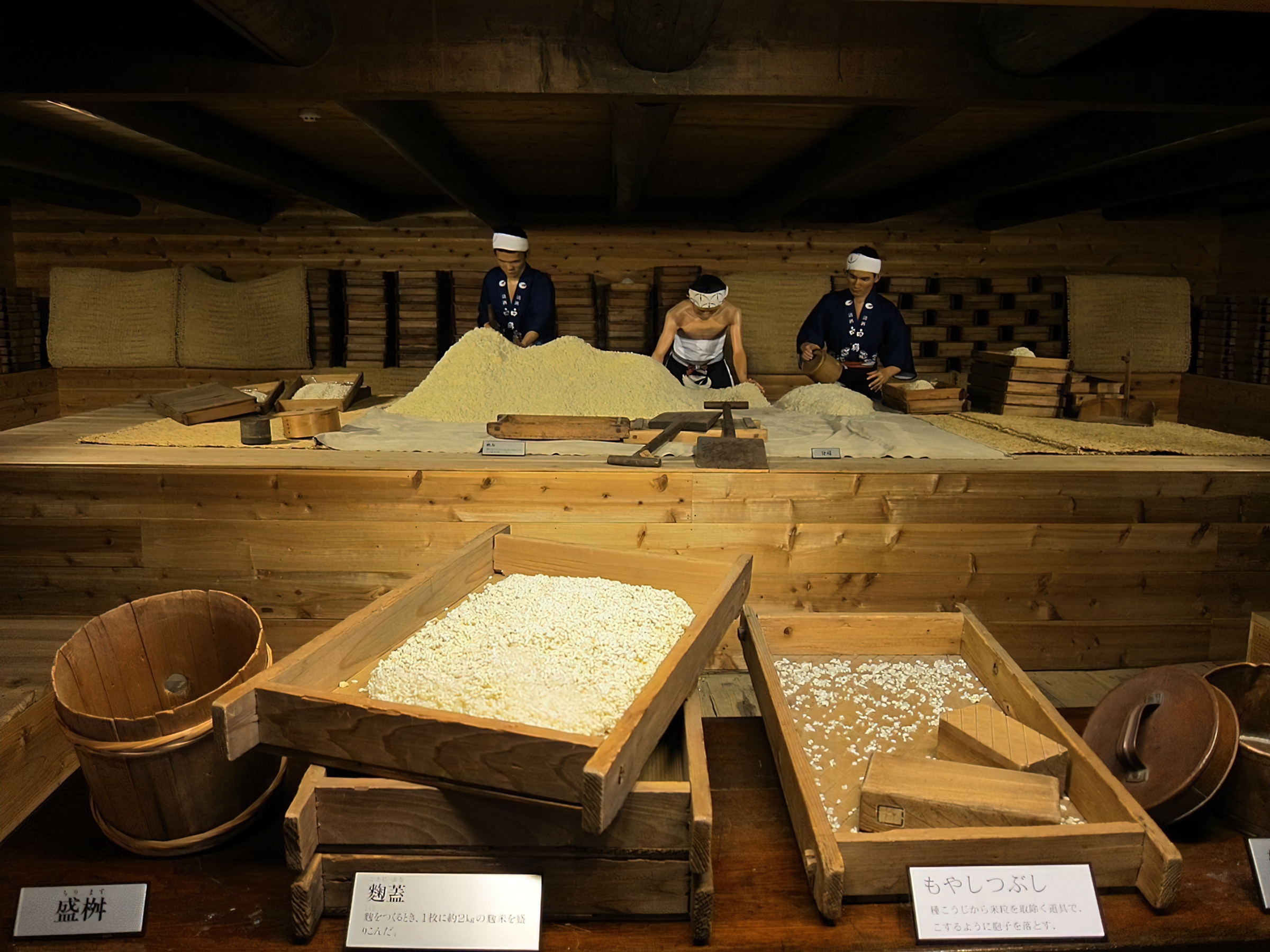Japan has a rich history of culinary traditions, among which sake plays a prominent role. This iconic rice wine, known for its delicate flavor profile and smooth texture, is deeply rooted in Japanese culture. This guide will lead you through the traditional method of making sake, revealing the craftsmanship and patience behind every bottle.
Understanding Sake: From Rice to Wine
Sake starts its journey as rice. But not just any rice. Sake rice, or ‘sakamai’, is larger, contains less protein, and has a higher starch content than regular rice. This starch is vital as it turns into sugar during fermentation, which then becomes alcohol. The rice is polished to expose its starch-filled core, with more polishing resulting in a finer sake.
The Sake Brewing Process
- Rice Preparation: The sakamai is polished, then washed and soaked. It’s then steamed, not boiled, to achieve the perfect texture for brewing.
- Koji Production: Some of the steamed rice is spread onto a table in a warm, humid room and sprinkled with koji mold spores. This mold breaks down the rice’s starch into sugar, a process called saccharification.
- Yeast Starter Creation: The koji rice is mixed with more steamed rice, water, and yeast. The yeast consumes the sugar, producing alcohol and carbon dioxide in a process called fermentation.
- Main Mash Preparation: Over four days, more rice, water, and koji are added in three stages to control the fermentation and prevent the yeast from becoming overwhelmed.
- Fermentation: The mash is left to ferment for around 18-32 days. The yeast continues to consume the sugars, producing alcohol and a range of flavor compounds.
- Pressing, Filtration, and Pasteurization: After fermentation, the sake is pressed to separate the liquid from the rice solids. It’s then filtered, pasteurized, and left to mature.
Enjoying Your Homemade Sake
Once you’ve navigated the sake brewing process, it’s time to savor the fruits of your labor. Enjoy your sake chilled or warm depending on the style and your preference. Remember, like any good wine, sake is about enjoyment, so share it with friends and toast to your successful brewing endeavor!
Learning how to make traditional Japanese sake is not only a way to create a delicious drink but also a means to connect with a centuries-old tradition. The beauty of this process lies in its complexity and the satisfaction of creating something truly unique. Kanpai!
Homebrewing Tips: A Few Essentials to Keep in Mind
As you embark on your homebrewing journey, here are a few tips to keep in mind:
- Sanitize Everything: As with any brewing, cleanliness is crucial in sake making. Any bacteria present during the brewing process can spoil the sake.
- Temperature Control: Maintaining the right temperature during brewing is critical for the yeast and koji mold to work effectively.
- Be Patient: Sake brewing is not a quick process. Take your time, follow the steps carefully, and let the fermentation run its course.
- Experiment with Different Rices: While ‘sakamai’ is the traditional choice for sake, feel free to experiment with other varieties to discover different flavors.
The Rich History of Sake Brewing
It’s interesting to note that the brewing of sake dates back over a thousand years in Japan. Originally a drink for the gods and the noble class, sake gradually became a beverage enjoyed by people from all walks of life. The methods and techniques used have evolved over time, but the spirit of craftsmanship and respect for the ingredients remain unchanged.
Conclusion: The Art and Joy of Sake Brewing
Making traditional Japanese sake at home can be a rewarding experience. It’s a chance to engage with a piece of cultural heritage, explore the science of brewing, and, of course, enjoy some delicious homemade sake. By understanding the process, you’ll also develop a deeper appreciation for this complex and nuanced beverage.
The joy of brewing sake lies not only in the end product but also in the journey of crafting something unique with your own hands. Every batch of homemade sake brings new learnings, surprises, and delights. So, let’s raise a toast to the art of sake brewing. Kanpai!